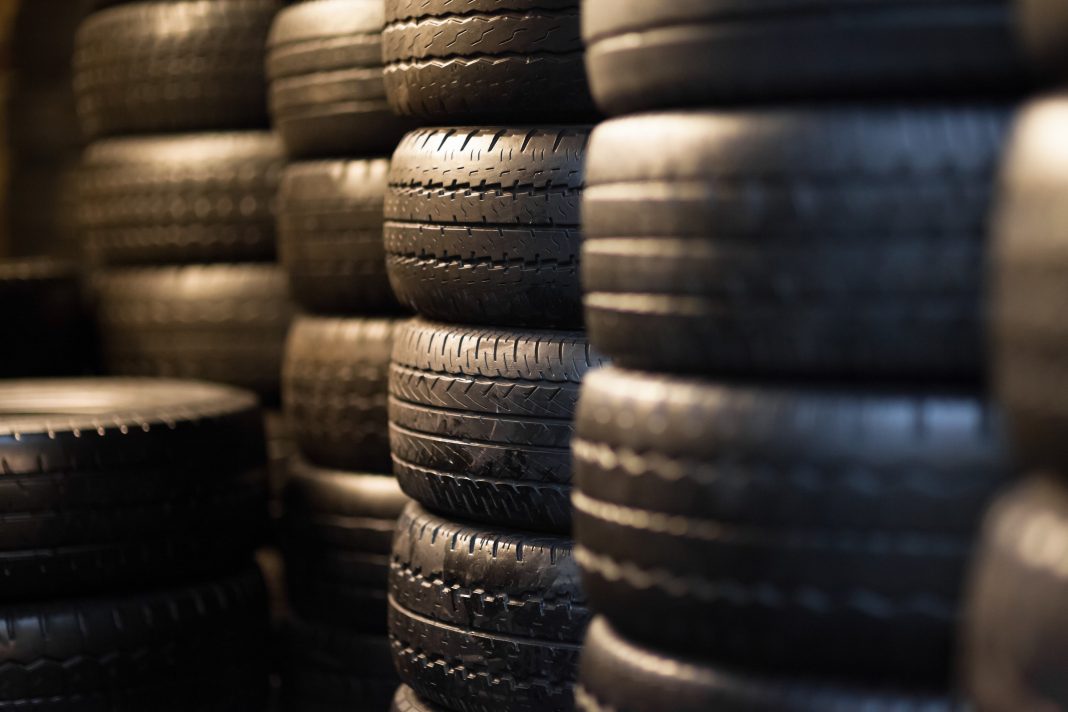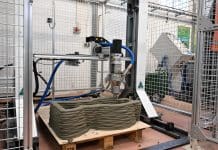Researchers at the University of Sheffield have discovered a new way of protecting concrete from fire damage by using materials recycled from old tyres
The team used fibres extracted from the textile reinforcement commonly embedded into tyres to guarantee their performance. Adding these fibres to the concrete mix was shown to reduce the concrete’s tendency to spall – where surface layers of concrete break off – explosively under the intense heat from a fire.
Using man-made polypropylene (PP) fibres to protect concrete structures from damage or collapse if a fire breaks out is a relatively well-known technique. Many modern structures, including large scale engineering projects such as Crossrail, have used concrete that includes PP fibres for protection against fire spalling.
The Sheffield uni study is the first to show that these fibres do not have to be made from raw materials, but can instead be reclaimed from used tyres. The results are published in the journal Fire Technology.
Lead author Dr Shan-Shan Huang, Department of Civil and Structural Engineering at the University of Sheffield said: “We’ve shown that these recycled fibres do an equivalent job to ‘virgin’ PP fibres which require lots of energy and resources to produce. Using waste materials in this way is less expensive, and better for the planet.”
The fibres melt under the intense heat from a fire, leaving networks of tiny channels. This means that moisture trapped within the concrete is able to escape, rather than becoming trapped, which causes the concrete to break out explosively.
“Because the fibres are so small, they don’t affect the strength or the stiffness of the concrete,” says Dr Huang.
“Their only job is to melt when heat becomes intense. Concrete is a brittle material, so will break out relatively easily without having these fibres help reducing the pressure within the concrete,” she added.
Protecting the concrete from fire spalling means that steel reinforcements running through the concrete are also protected.
Collaborating with Sheffield-based company Twincon, the researchers have also developed technologies for reclaiming the fibres from the used tyres.
The team plan to continue testing the material with different ratios of the fibres to concrete, and also using different types of concrete.














